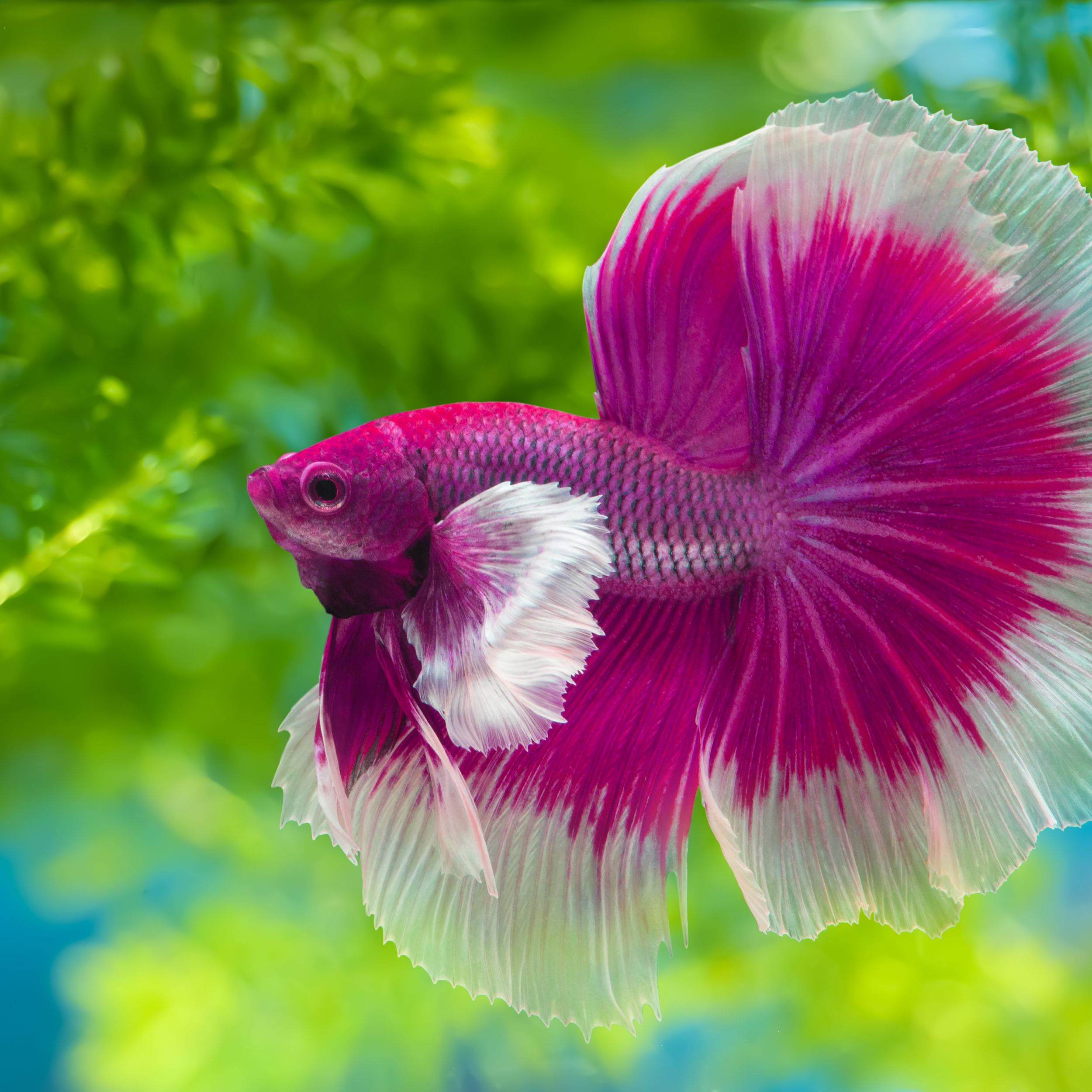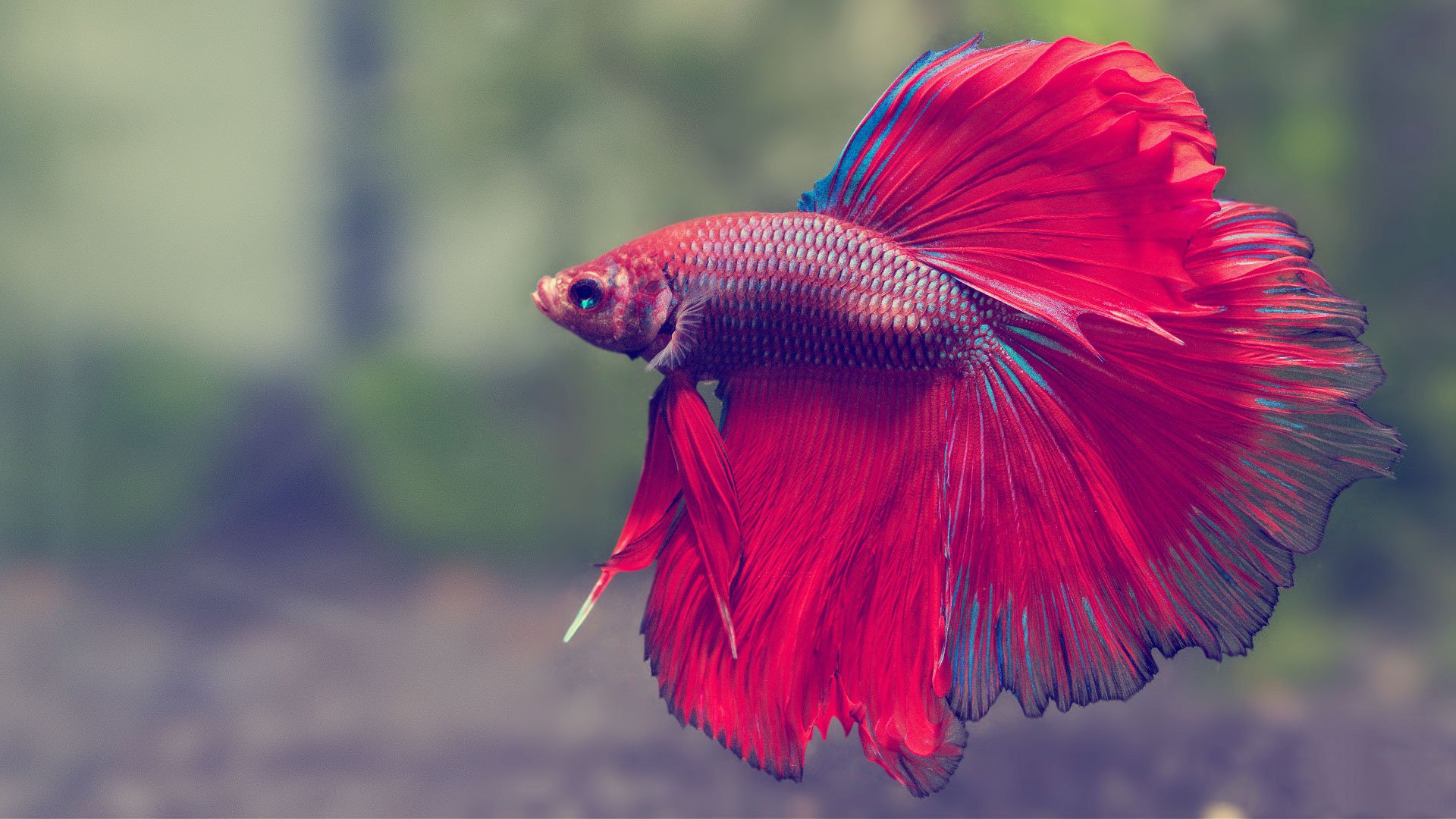Breeding Betta Fish: a Comprehensive Step-By-Step Guide to Effectively Raising Infant Bettas From Eggs to Their Adult Years
Breeding Betta fish is a careful undertaking that needs careful preparation and implementation to ensure the effective growth of fry from eggs to develop fish. Picking genetically diverse reproduction couple with desirable characteristics is just the start; developing an ideal setting and recognizing the ins and outs of the reproducing procedure are similarly critical. As the male Betta carefully constructs a bubble nest and guards the valuable eggs, the subsequent phases of treatment and change demand interest to information and expertise of best techniques. How does one navigate the tough yet satisfying path of nurturing these dynamic creatures to adulthood?

Picking Reproduction Pairs
When starting the journey of reproducing Betta fish, choosing the appropriate reproduction sets is critical to attaining preferable qualities and a healthy and balanced family tree - betta fish. The initial action in this procedure is to recognize the specific qualities you want to improve or protect, such as shade, fin kind, and physique. It is important to pick genetically diverse sets to stay clear of inbreeding, which can bring about health concerns and unfavorable attributes
Examine prospective breeding candidates carefully. A healthy and balanced male Betta needs to exhibit lively colors, an active demeanor, and well-formed fins, while the female must additionally display vibrant pigmentation and a rounded stomach, indicating readiness for spawning. Observing the temperament of both fish is vital, as hostile or overly reluctant people might not breed effectively.
Documents of family tree is just as vital. Keeping documents of the parent fish's origins can assist you track genetic qualities and prospective issues. Furthermore, seek advice from reliable breeders or on the internet resources for assistance on selecting suitable sets. Eventually, investing time in the selection process will significantly boost the possibility of producing solid, vivid offspring that satisfy your reproduction objectives (betta fish).

Preparing the Reproduction Container
Creating an optimum breeding setting is an essential action after picking ideal pairs for Betta fish. The reproduction container ought to be particularly made to offer comfort and stimulate the natural reproduction behaviors of the fish. Start with a storage tank dimension of at the very least 10 gallons to ensure appropriate area for both the man and female Bettas.
Keep a gentle purification system to keep the water clean while preventing solid currents that can emphasize the fish. In addition, an air stone can be contributed to offer oxygenation without interfering with the water surface area way too much.
Temperature level regulation is important; goal for a steady array of 78-82 ° F(25-28 ° C) making use of a reputable heating unit. The pH level must be maintained between 6.5 and 7.5, and normal water modifications are needed to guarantee high water high quality.
Include drifting plants or spawning sponges to produce hiding spots for the woman, while likewise encouraging bubble nest structure by the man - betta fish. Ensure the tank is free from sharp decorations and any type of prospective threats, as the welfare of the fish need to always be prioritized during this critical phase of breeding.
The Reproduction Process
Generally, the reproducing procedure for Betta fish entails a series of distinct and evident habits that indicate preparedness for recreation. The male Betta starts by developing a bubble nest at the water's surface, which works as a website for the fed eggs. This nest is crucial, as it gives a secure atmosphere for the eggs till they hatch out.
When the nest is established, the man will present courtship actions, such as flaring his fins and showing vivid colors to attract the female. The lady, upon noticing the male's readiness, will react by showing vertical stripes along her body, signifying her receptiveness.
When the women approaches, the male participates in a breeding dance, typically resulting in a welcome referred to as the "spawning." Throughout this embrace, the lady releases her eggs, which the male feeds promptly. The fertilized eggs then fall to the bubble nest, where the male carefully accumulates and returns them to the nest. Following this, the male thinks responsibility for securing the nest and guaranteeing the safety and security of the eggs till they hatch, normally within 24-36 hours. This stage is crucial in the reproducing procedure, laying the foundation for successful fry development.
Caring for Betta Fry
Looking after Betta fry needs cautious focus to their atmosphere and nourishment to make sure healthy development and growth. After hatching out, Betta fry are very little and susceptible, requiring a secure and clean habitat. Preserving a water temperature in between 78 ° F and 80 ° F is crucial, as Betta fry flourish in cozy conditions. Additionally, make resource sure that the water is without damaging toxic substances; routine water adjustments of 10-20% are suggested to maintain ideal water top quality.
Feeding Betta fry is just check my site as crucial. They ought to be used infusoria or finely smashed high-quality fry food, as their mouths are as well tiny to manage bigger fragments. As they grow, you can gradually present larger foods, such as infant brine shrimp or powdered flakes, to guarantee they receive adequate nutrition. Feed them small quantities numerous times a day, bewaring not to overfeed, which can bring about water top quality issues.
Transitioning to Adult Bettas
As Betta fry mature, transitioning them to grown-up Bettas is a crucial phase that needs mindful administration of their atmosphere and social interactions. This process generally begins when the fry get to around 6 weeks of age, whereupon they can be progressively presented to an extra structured living atmosphere.
To facilitate this shift, it is necessary to make sure that the water specifications-- such as temperature level, pH, and ammonia degrees-- are optimum and secure. Grown-up Betta fish prosper in cozy water (around 78-80 ° F) with a pH of 6.5 to 7.5. Slowly accommodate the fry to these conditions to minimize tension.
Social communications are another essential element; man Bettas are notoriously territorial and hostile. It is advisable to separate males right into individual containers as they mature. Women Bettas can be housed together, however care must be taken to monitor for signs of aggression.
Additionally, dietary modifications ought to be made as the fry grow. Integrate top notch pellets go to website and live foods to sustain their growth and wellness. By managing these factors successfully, you can advertise an effective shift to the adult years for your Betta fish.

Final Thought
Effective reproduction of Betta fish requires mindful interest to detail throughout the whole process, from picking genetically varied sets to giving optimal care for fry. By ensuring ideal reproduction problems and preserving water top quality, the likelihood of healthy spawn boosts considerably. In addition, a balanced diet plan and steady adaptation to grown-up settings are vital for the development and development of Betta fish. Following these actions faithfully cultivates a prospering populace of Betta fish, enhancing both their health and vitality.